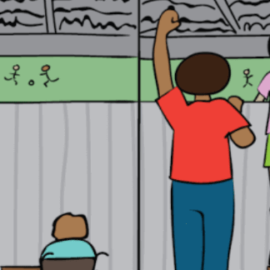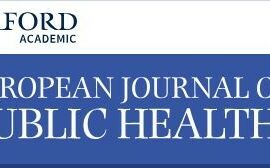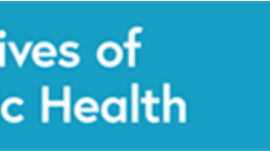
Subissi Lorenzo, Bossuyt Nathalie, Reynders Marijke, Gérard Michèle, Dauby Nicolas, Lacor Patrick, Daelemans Siel, Lissoir Bénédicte, Holemans Xavier, Magerman Koen, Jouck Door, Bourgeois Marc, Delaere Bénédicte, Quoilin Sophie, Van Gucht Steven, Thomas Isabelle, Barbezange Cyril
Eurosurveillance, Volume 26, Issue 38, 23/Sep/2021
Abstract
Background
Seasonal influenza-like illness (ILI) affects millions of people yearly. Severe acute respiratory infections (SARI), mainly influenza, are a leading cause of hospitalisation and mortality. Increasing evidence indicates that non-influenza respiratory viruses (NIRV) also contribute to the burden of SARI. In Belgium, SARI surveillance by a network of sentinel hospitals has been ongoing since 2011.Aim
We report the results of using in-house multiplex qPCR for the detection of a flexible panel of viruses in respiratory ILI and SARI samples and the estimated incidence rates of SARI associated with each virus.
Methods
We defined ILI as an illness with onset of fever and cough or dyspnoea. SARI was defined as an illness requiring hospitalisation with onset of fever and cough or dyspnoea within the previous 10 days. Samples were collected in four winter seasons and tested by multiplex qPCR for influenza virus and NIRV. Using catchment population estimates, we calculated incidence rates of SARI associated with each virus.
Results
One third of the SARI cases were positive for NIRV, reaching 49.4% among children younger than 15 years. In children younger than 5 years, incidence rates of NIRV-associated SARI were twice that of influenza (103.5 vs 57.6/100,000 person-months); co-infections with several NIRV, respiratory syncytial viruses, human metapneumoviruses and picornaviruses contributed most (33.1, 13.6, 15.8 and 18.2/100,000 person-months, respectively).
Conclusion
Early testing for NIRV could be beneficial to clinical management of SARI patients, especially in children younger than 5 years, for whom the burden of NIRV-associated disease exceeds that of influenza.



